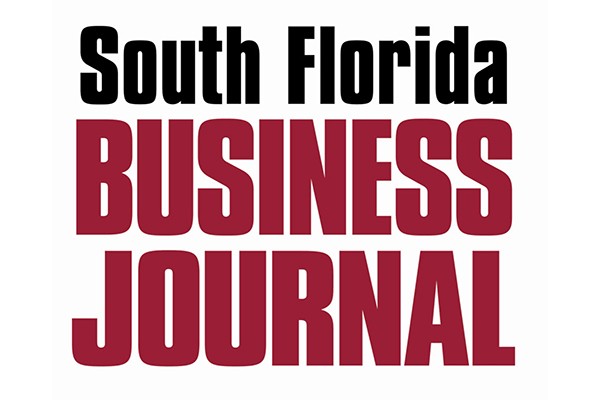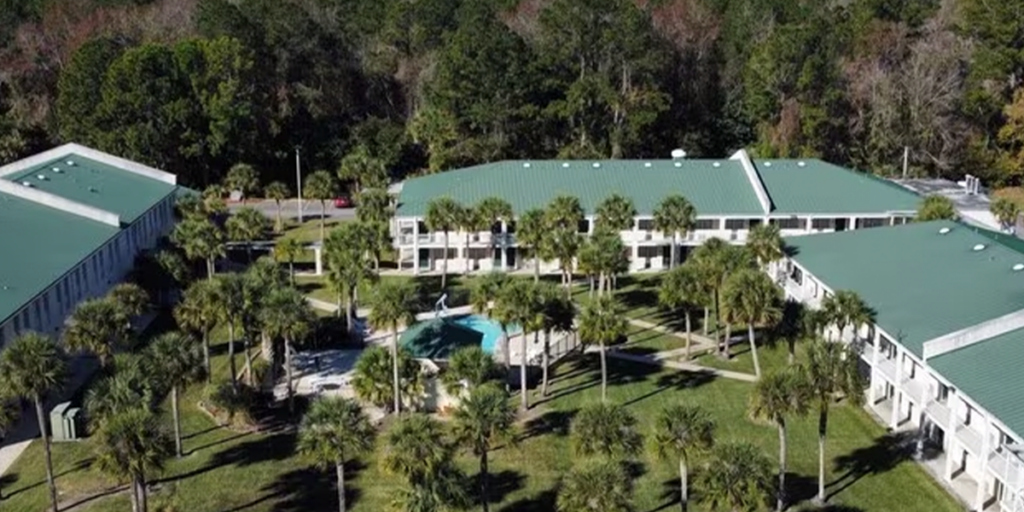South Florida Business Journal by Brain Brandell, Senior Reporter
Date: Friday, January 20, 2012, 6:00am EST – Last Modified: Tuesday, January 24, 2012, 11:51am EST
South Florida was ground zero for above-market mortgage rates during the real estate boom, according to a Business Journal analysis of federal home mortgage data.
The data, compiled by Compliance Technologies, outlines an array of issues that result in a lingering drag on the region’s housing market and economic recovery.
An analysis of recently released 2010 data shows that the number of residential loans was down 84 percent from its peak in 2005. Lenders granted 401,595 loans totaling $83.2 billion in South Florida in 2005, but that plummeted to 66,246 loans totaling $14.6 billion in 2010.
Although the number of loans in 2010 was the lowest since Compliance Technologies started tracking them in 2004, the dollar value was slightly lower in 2009.
In 2006, South Florida ranked third in the nation for the most residential loans, but it was 25th in 2010, despite being the nation’s eighth-most-populous region.
Experts saw signs of improvement for 2011, but some key lenders were still cutting back on new loans. The difficulty of obtaining a mortgage for most South Florida residents is a drain on the real estate economy, said Alicia Cervera, president of Miami-based real estate brokerage Cervera Real Estate.
“It is slowing down the recovery,” she said. “When you think about all the money we, as taxpayers, put into banks to aid recovery and how the banks aren’t putting it out there and lending, there are some real questions about how the system is or isn’t working.”
What went wrong
The home lending numbers during the boom years were inflated by loans that required little or no documentation or had negative amortization, said James Campanella, residential mortgage manager with Miami-based City National Bank of Florida .
Tougher regulations came out that required better income documentation, especially for loans sold to Fannie Mae and Freddie Mac , he said. In addition, private mortgage insurance companies largely pulled out of the South Florida market. That meant banks could no longer offer mortgages with high debt-to-income ratios unless the Federal Housing Administration insured them, he said.
“PMI companies in this market are still pretty skittish,” Campanella said. “In other markets in the U.S., they haven’t pulled back as much as they have here. … We are starting to see some of them coming back.”
Subprime loan epicenter
The boom-year lending volume in South Florida also was propped up by subprime loans.
Compliance Technologies lumps them into a slightly broader category called “high spread” – loans with interest rates significantly higher than the market rates of the area. Not only were they more expensive for borrowers, but subprime loans proved six times more likely to default than prime loans, according to foreclosure statistics kept by federal regulators.
The peak year for subprime lending in South Florida was in 2006, when 42.8 percent of all home loans granted were high spread. Miami-Dade County had the greatest rate of high-spread loans in the nation that year, at 48.2 percent, while Broward County was eighth, at 41.5 percent, and Palm Beach County was 48th, at 34 percent.
Weston attorney Roy Oppenheim, who specializes in foreclosure defense, said the mortgage broker compensation system, which rewarded them for making high-rate loans, and investors’ appetites for subprime mortgage-backed securities are to blame.
“As Wall Street needed more loans to securitize and feed into its machine, it got harder to find people who qualify,” Oppenheim said. “Mortgage brokers went to the low-hanging fruit first – people with high incomes. Then they went to places where people who had credit that was not strong and not such high incomes. When they couldn’t pay, the whole thing collapsed.”
Under new federal rules, brokers and lending offers are no longer given extra compensation for making high-rate loans.
Countrywide Home Loans was the largest high-spread mortgage originator by market share in South Florida in 2006. It was later acquired by Bank of America, which got a bad case of indigestion. In December, Bank of America agreed to a $335 million settlement with the U.S. Department of Justice over allegations that Countywide steered black and Hispanic borrowers into subprime loans with excessive fees and interest rates when they would have qualified for less expensive prime loans.
Bank of America also bought Fremont Investment & Loan, which was the No. 2 high-spread lender in South Florida in 2006. Of the other major high-spread lenders in South Florida that year, New Century Mortgage Corp. shut down, WMC Mortgage had its plug pulled by owner GE Capital, and both IndyMac Bank and Washington Mutual Bank failed. Also high on the high spread lending list was Chase Manhattan Bank , which is now part of JPMorgan Chase Bank.
Post-bust boom in FHA financing
With subprime nearly extinct, mortgage insurers out of the market and the ability to resell mortgages as securities mostly gone, many banks have turned to FHA financing. Borrowers have to pay more fees than with a conventional loan.
The percentage of conventional mortgages in South Florida was nearly 99 percent from 2004 through 2007, but declined to 70 percent in 2010 as FHA loans hit 28 percent.
Big lenders opting out of the market and FHA restrictions in 2008 made it tough to get condominium buildings qualified, so sales of condos in South Florida became extremely difficult, said Patricia Hayhurst, who owned a mortgage brokerage for more than three decades and is now VP of residential lending for Miami-based Capital Bank.
Her company hardly ever made no-document or subprime loans, but she saw their impact on the market.
“We had a lot of condo sales and condo conversion sales because of no-income, no-asset loans,” Hayhurst said. “So our condos started to stagnate when we didn’t have that kind of financing.”
Improvement in 2011
Hayhurst said FHA loans were less important in 2011 because it was easier to get a 95 percent loan-to-value mortgage with private mortgage insurance. She expects that trend to continue.
However, Boca Raton attorney Marlyn Wiener, who specializes in real estate and helps borrowers in distress, said FHA lending is creating new risks for the market.
“Should loans be made to people who don’t have a real equity contribution and real skin in the game?” Wiener said. “It is easy to walk away from property without a big down payment. I still have concerns about the FHA program.”
The alternative to FHA financing is to put down a big chunk of equity. Benworth Capital Partners President Bernie Navarro said his company, a private lender in Coral Gables, requires at least 35 percent down. He is willing to overlook some credit history blemishes, such as short-term unemployment and an old foreclosure, in exchange for greater equity in a property.
“We may be a little more expensive on the rate, but you can refinance with time,” Navarro said.
Cervera said banks often require 40 to 50 percent down for condo loans in Miami – if they are even willing to finance a unit in a chosen building. Many banks have blacklisted buildings for reasons such as having too many renters, too many units controlled by a bulk buyer or too many unit owners delinquent on association dues, she said. Even if the borrower checks out, the banks avoid such buildings because they are considered a credit risk.
Inconsistent appraisals also make it difficult to secure financing, Cervera said. She has seen widely different appraisals on identical properties. When an appraisal comes in below the contract price, it often forces the seller to lower the price or the buyer to put down more cash if the deal is to close.
‘Piggyback’ loans nearly extinct
During the boom, borrowers without cash to put down could easily get a “piggyback” second mortgage instead of equity. That practice has largely evaporated. Second mortgages fell from a high of 19 percent of South Florida home loans in 2006 to 1 percent in 2010.
Now, homes bought with cash are becoming more common in South Florida, especially by foreign investors. Cervera said the overwhelming majority of condo buyers in Miami are paying cash. Most of these buyers are foreign investors who use the properties as second homes more often than primary residences, she said.
But cash isn’t an option for most working families and middle-class retirees. Even high down payment requirements are difficult for many families to meet. Cervera would like to see lenders come up with creative financing options to help buyers finance down payments over the short term.
“I don’t think this economy really improves until the lending revs up again,” Wiener said. “And that desire to get the housing industry going again could lead to aggressive, toxic lending.”
THE DETAILS:
Methodology
The information in this special report comes from federal Home Mortgage Disclosure Act (HMDA) data reported by all lenders and compiled by Compliance Technologies, which granted the Business Journal access to its LendingPatterns.com database to run this feature. The Arlington, Va.-based company’s website, at www.compliancetech.com, places HMDA information into a format that breaks down lending trends by institution, loan type and geography.





